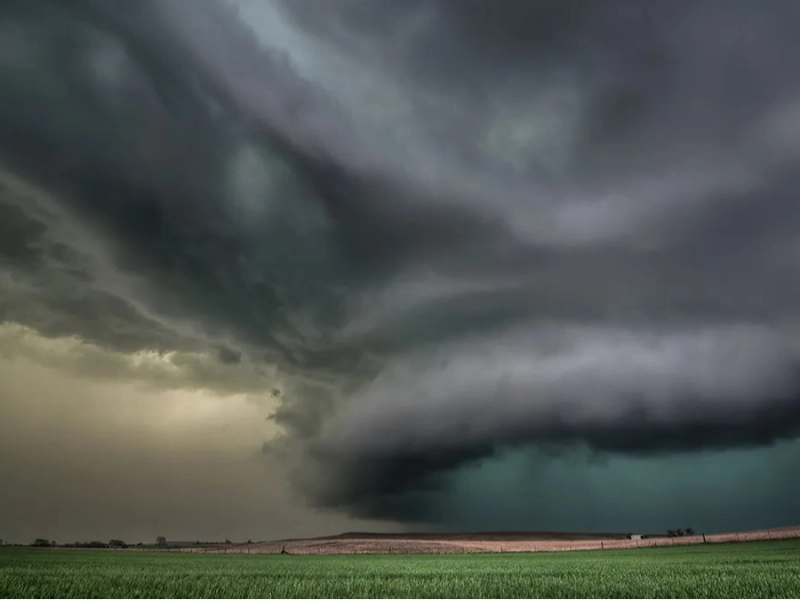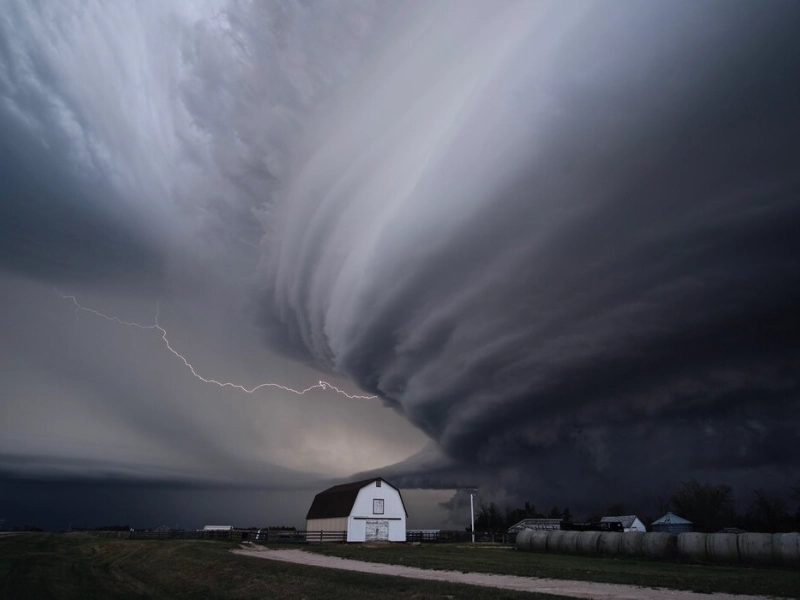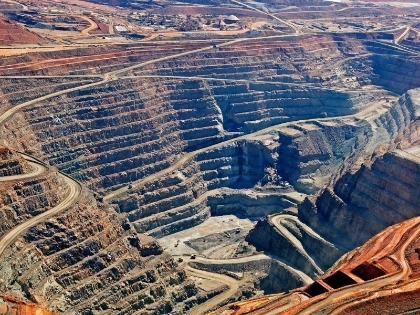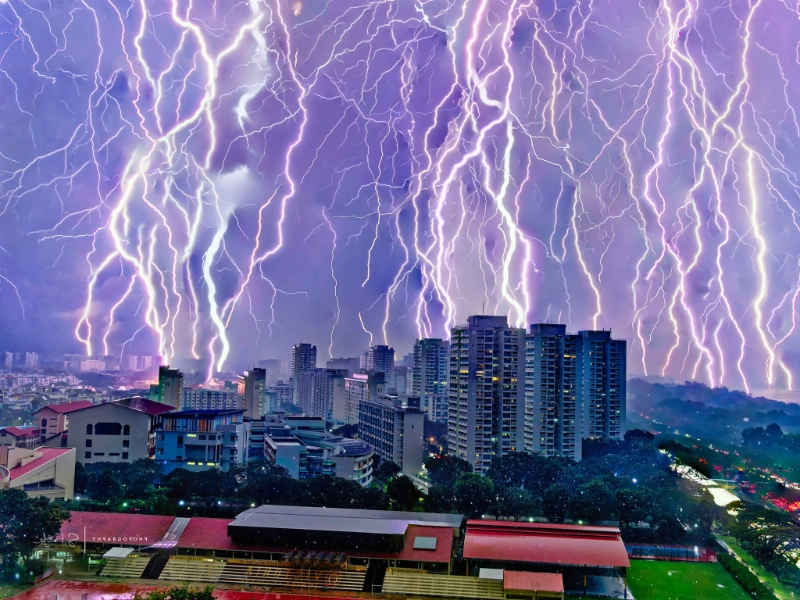Supercell Thunderstorms: Nature's Ultimate Storm Machine
Advertisement
7. The Future of Supercell Research and Its Implications for Society

Looking ahead, the field of supercell research finds itself at an interesting junction ready for major developments that can transform our knowledge of these strong storms and our capacity to shield societies from their destructive effects. Modern technology, enhanced computer capacity, and creative research approaches taken together seem to provide fresh understanding of supercell dynamics and behaviour, thereby perhaps guiding more accurate forecasts and more successful warning systems.
High-resolution modelling presents one of the most exciting directions of future study. Meteorologists will be able to run increasingly exact models of supercell thunderstorms as processing capability keeps exponentially rising. Eventually, these models might be able to solve features on tens of meters, offering hitherto unheard-of understanding of the fine-scale mechanisms behind supercell development and evolution. Such thorough simulations should enable scientists to better grasp the intricate interactions among the updraft, downdraft, and surrounding environment of a supercell, hence guiding future developments in the prediction of which storms most likely to create tornadoes.
Future directions of supercell research also depend critically on developments in remote sensing technologies. Near-continuous surveillance of developing storms will be made possible by next-generation weather satellites probably providing even better quality images and more frequent updates. Furthermore, the use of phased array radar equipment could transform our capacity to scan supercells and offer fast, multi-dimensional images of storm development. These developments in observational skills will not only help us to better grasp supercells but also give forecasters more accurate and timely data for warning generation.
Another topic with great promise is adding artificial intelligence and machine learning into supercell research and forecasting. These increasingly advanced technologies could be able to spot minute trends and precursors to extreme events that human forecasters would overlook. With hitherto unheard-of accuracy, artificial intelligence systems might examine enormous volumes of historical and real-time data to generate probabilistic projections of supercell behaviour including the likelihood of tornado development. These tools will probably enhance, not replace, human knowledge in severe weather forecasting, nevertheless.
One area of increasing worry and active study is climate change and how it can affect supercell thunderstorms. Supercell frequency, intensity, and geographical dispersion may vary as world temperatures rise and atmospheric patterns change. Certain research imply that the environmental circumstances favourable for supercell development could become more common in some areas, hence extending the conventional "Tornado Alley" in the United States or generating new areas of increased danger. For risk analysis and community planning in the next decades, knowledge of these long-term trends will be very vital.
Supercell research also has great potential to help us to lessen the effects of severe storms on society. More robust building materials and construction methods developed from advanced materials science and engineering will help to better survive the extreme winds and debris impacts related with supercells and tornadoes. Enhanced knowledge of storm behaviour could guide urban planning decisions, therefore guiding the design of cities more resistant to significant weather impacts.
Supercell research and its uses depend critically on public education and communication as well as other elements. As our knowledge of these storms develops, so too must our efforts to inform the public on serious weather hazards and suitable safety precautions. Future studies could concentrate on creating more efficient means of delivering complicated meteorological data to the general population, therefore guaranteeing that developments in scientific knowledge result in actual safety enhancements.
Future directions of supercell research probably depend on multidisciplinary cooperation becoming more and more significant. Working more closely with social scientists, meteorologists can better grasp how individuals view and react to severe weather dangers, hence producing more accurate warning systems and public safety procedures. While partnerships with economists can assist estimate the long-term costs of extreme weather occurrences and the possible advantages of better forecasting and mitigating techniques, collaborations with ecologists could offer insights into the environmental effects of supercells.
It is abundantly evident as we keep stretching the envelope of supercell research that the consequences for society are significant. Better knowledge and forecast of these strong storms could help to save lives, lower property damage, and strengthen community resilience against major storm hazards. Although supercell thunderstorms will always be a powerful tool of nature, continuous study and technology developments give hope for a time when we can coexist more comfortably with these amazing meteorological events.
Finally, supercell research has a bright future with many opportunities for revolutionary discoveries and useful applications that might greatly affect public safety and our knowledge of atmospheric dynamics. We get closer to a world where the destructive potential of supercells can be more successfully reduced as we keep deciphering the secrets of these strong storms, therefore enabling us to value their sheer strength and beauty from a position of more security and knowledge.
Advertisement
Recommended Reading:
19 Reddit Users Shared Their Best Secrets to Make Life Easier at Home →
Stay Updated
Actionable growth insights, once a week. No fluff, no spam—unsubscribe anytime.
Advertisement
You May Like

9 Amazing Facts About The Blue Lagoon - #6 Will Shock Even Icelanders!
07/07/2025

19 Reddit Users Shared Their Best Secrets to Make Life Easier at Home
07/15/2025

14 Unique Cat Breeds That You Don’t See Every Day
06/30/2025

Owners Were Shocked! The Amazing Changes After Pet Grooming
06/24/2025

The Best Shot Of A Wild Animal You've Never Seen Before
07/01/2025

Exotic Delights: 12 Perfect Tropical Fruits for Fruit Salads
08/25/2025

Supercell Thunderstorms: Nature's Ultimate Storm Machine
08/22/2025

10 Unobvious Things to Do as Soon as You Enter Your Hotel Room
06/08/2025

The Surprising Benefits of Sleeping Next to a Lemon
08/24/2025

10+ Captivating Portraits of Women in Uniform
07/25/2025

20 Luxurious Things From Dubai That Made Us Gasp
07/11/2025

Watermelon Diet: A Delicious Choice for Summer Weight Loss
08/11/2025

10 Incredible Cities That Have Changed Beyond Recognition
06/17/2025

Wardrobe Woes: Hilarious Celebrity Outfit Blunders You Can't Unsee
06/13/2025

Nature's Perfect Timing: 15 Mind-Blowing Animal Photos You Can't Miss
06/25/2025

Underground Monsters: The Insane Depths of Earth's Deepest Mines Revealed
06/14/2025

Hilarious Award-Winning Wildlife Photos Proving Animals Have a Sense of Humor
06/29/2025

Apricot Jam: The Taste of Summer Sunshine
06/07/2025

25 Hilarious Photos that Show the Funny Side of Women's Tennis
08/24/2025

Debunking the 8-Glass Rule: What Experts Want You to Know
06/29/2025

Hair Mistakes That Make Women Look Much Older Than They Are
07/17/2025

16 World-Famous Lightning Landmarks: A Must-Visit Pilgrimage
07/25/2025

These Animals Were Born With Very Unique Markings That Set Them Apart
06/29/2025

What Will Happen to Your Body If You Start Eating 3 Dates Every Day for a Week
07/13/2025
Comments
HorizonWeaver · 07/05/2025
Policy-ready phrasing style.